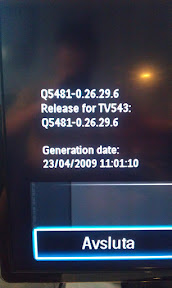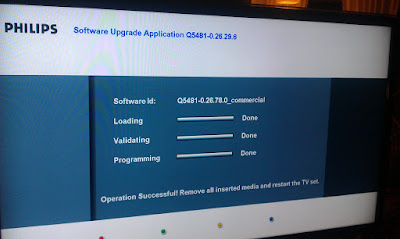I’m officially not taking part in anything related to Rockbox anymore. I’ve unsubscribed and I’m out.
In the fall of 2001, my friend Linus and my brother Björn had both bought the portable Archos Player, a harddrive based mp3 player and slightly underwhelmed by its firmware they decided they would have a go at trying to improve it. All three of us had been working with embedded systems for many years already and I was immediately attracted to the idea of reverse engineering this kind of device and try to improve it. It sounded like a blast to me.
In December 2001 we had the first test program actually running on the device and flashing a led. The first little step of what would become a rather big effort. We wrote a GPLed mp3 player firmware replacement, entirely from scratch without re-using any original parts. A full home-grown tiny multitasking operating system with a UI.
Fast-forwarding through history: we managed to get a really good firmware done for the early Archos players and we managed to move on to follow-up mp3 players too. After a decade or so, we supported well over 60 different mp3 player models and we played every music format known to man, we usually had better battery life than the original firmwares. We could run doom and we had a video player, a plugin system and a system full of crazy things.
We gathered large amounts of skilled and intelligent hackers from all over the world who contributed to make this possible. We had yearly meetups, or developer conferences, and we hung out on IRC every day of the week. I still hang out on our off-topic IRC channel!
Over time, smart phones emerged as the preferred devices people would use to play music while on the go. We ported Rockbox over to Android as an app, but our pixel-based UI was never really suitable for the flexible Android world and I also think that most contributors were more interested in hacking devices than writing Android apps. The app never really attracted many users or developers so while functional it never “took off”.
mp3 players are now already a thing of the past and will soon fall into the cave of forgotten old things our children will never even know or care about.
Developers and users of Rockbox have mostly moved on to other ventures. I too stopped actually contributing to the project several years ago but I was running build clients for a long while and I’ve kept being subscribed to the development mailing list. Until now. I’m now finally cutting off the last rope. Good bye Rockbox, it was fun while it lasted. I had a massive amount of great fun and I learned a lot while in the project.





